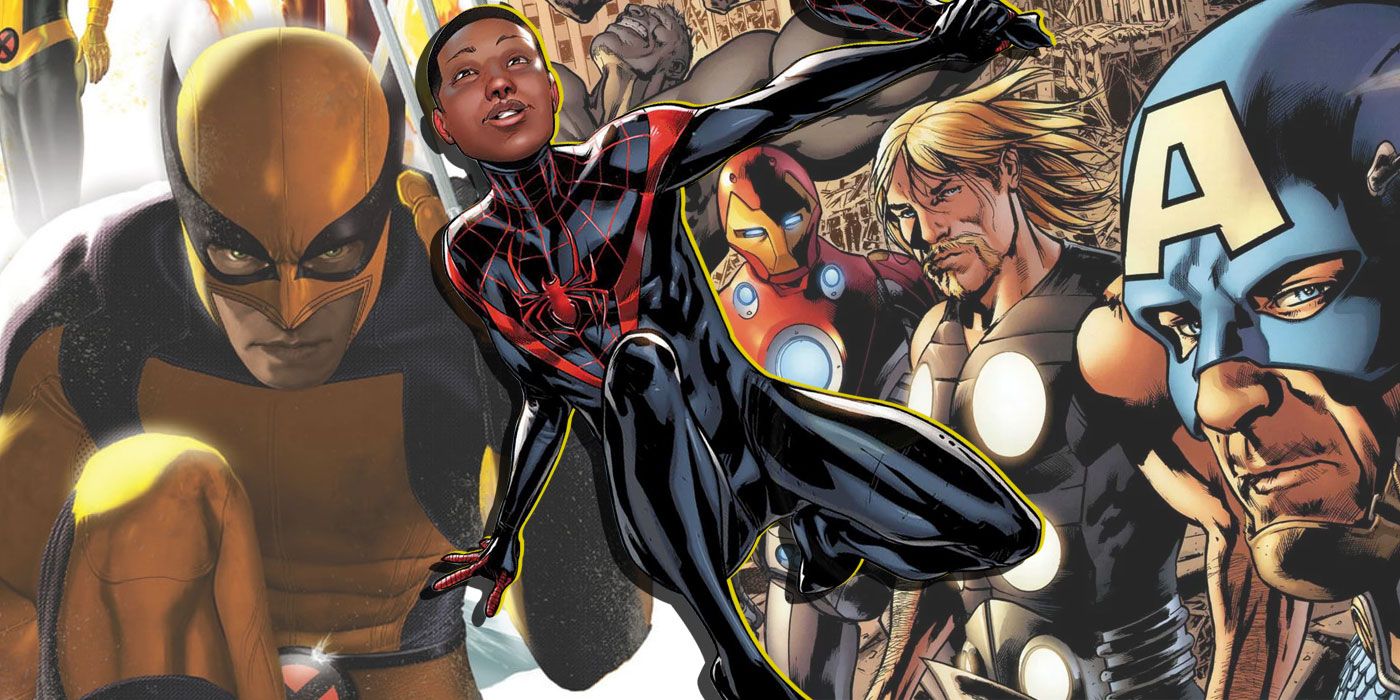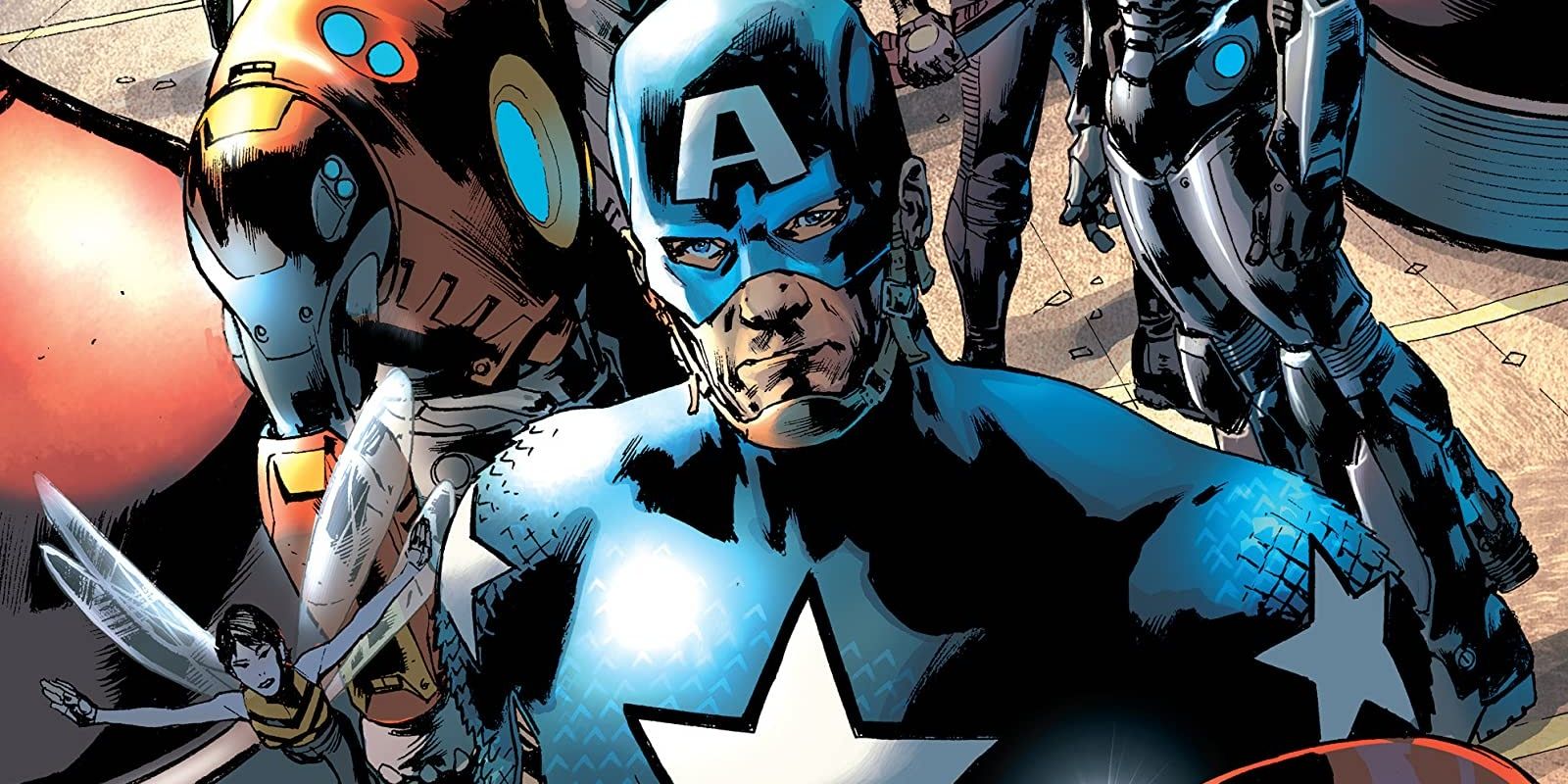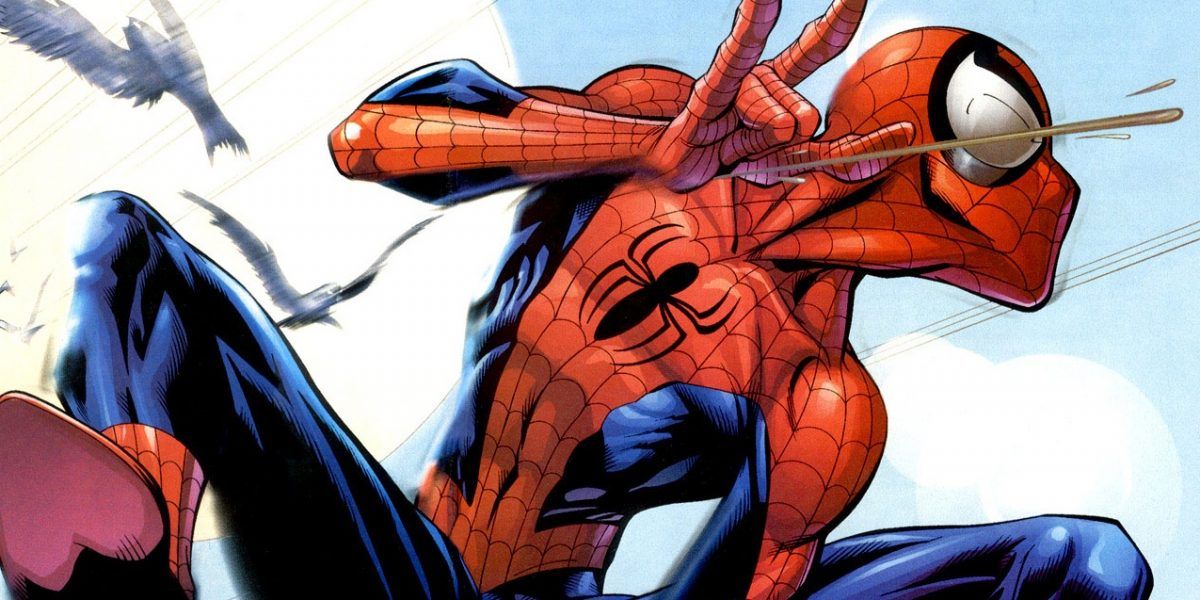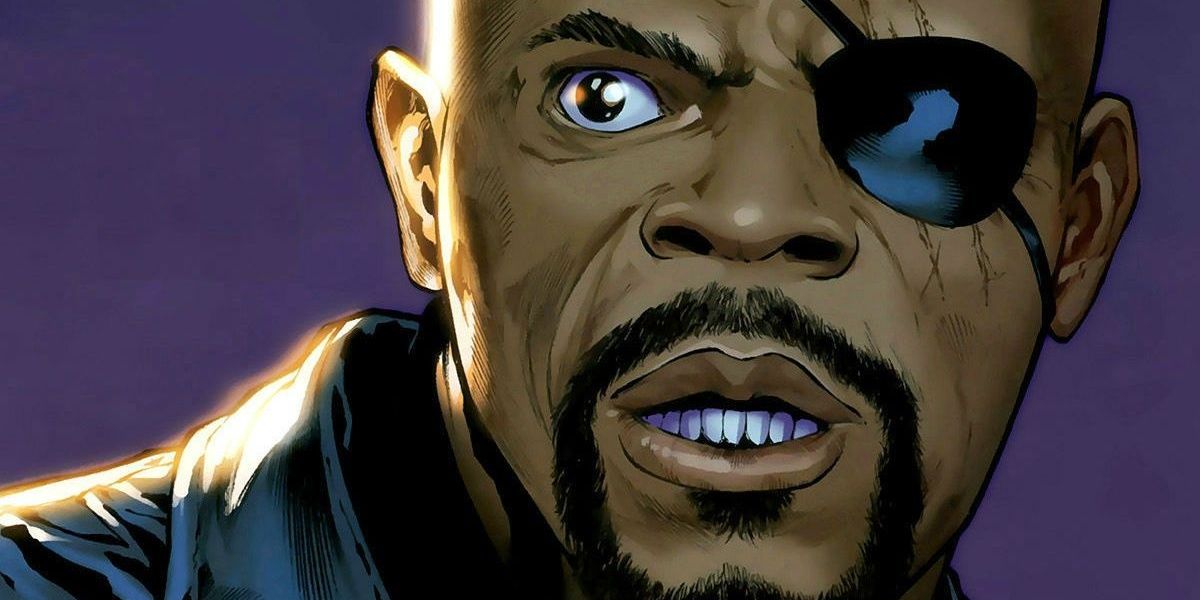Most Marvel comic books take place in their shared "616" universe, but for a while, there was another major timeline being published by the company. The Ultimate Marvel Universe was one of Marvel's biggest success stories, and it's gone on to influence various media adaptations. Despite this, the exact importance and impact of the Ultimate Universe is still understated.
From introducing new characters to giving old classics a more modern sense of "cool," Ultimate Marvel was a breath of fresh air after a rather rough period in Marvel's publication history. Together with a greater cinematic edge, this comic book line continues to live on and remain relevant. Here's how the Ultimate Universe made a permanent mark on Marvel.
The Ultimate Universe Made Classic Heroes Cool Again
In the case of Ultimate Spider-Man, that book slightly updated what was already Marvel's biggest and most popular hero. For some of the other Marvel characters to get an Ultimate Universe facelift, however, they weren't nearly as big at the time. The Avengers in particular were a shadow of what they would become years later, having lagged behind the X-Men for years at that point. Through the cynical and cinematic Ultimates books, however, Earth's Mightiest Heroes were reimagined in a way that made the once also-ran team a major property. Compared to these "new age" titles, even the well-received Kurt Busiek Avengers run at the time seemed rather old-fashioned and quaint.
The same could be said for the Fantastic Four, who had definitely seen better days in terms of mainstream appeal. The underrated Ultimate Fantastic Four book took their rather out-there ideas and made them pop in a more chic and eccentric way. Even in the case of the X-Men, who were definitely riding a wave of popularity, the Ultimate Universe was able to distill the property down to its bare elements. With Ultimate X-Men, many of the sillier or more vestigial concepts from the team's earlier decades were gone, with what was left being a fusion of the Fox X-Men movies and shows such as Buffy the Vampire Slayer. This made comics and the characters in them more modern than ever, especially when paired with the art of popular creators such as Mark Bagley, David Finch and Bryan Hitch.
The Ultimate Universe Offered a Jumping On Point for Marvel's Heroes
Much of the initial goal for the Ultimate Universe was to present an updated version of different properties that would allow both longtime fans and newbies to jump on board without wading through years of continuity. This was perhaps best achieved through the Ultimates books. In the case of the properties' original trilogy, these weren't ongoings so much of cinematic miniseries'. Such a storytelling method allowed readers to simply read the later collected version and get a complete story without having to keep up with a monthly title.
This storytelling method foreshadowed the future of comics and Marvel in a few ways. For one, rival company DC would later do something similar in their "Earth One" imprint. These were original graphic novels that told more singular, cinematic stories, with much of their content (in the case of the Superman and Batman books, at least) having the goal of modernizing the characters and creating versions that weren't so mired in continuity and iconography. Again, these books were not monthly titles, eliminating much of the confusion of getting into the medium.
The Ultimate Universe Influences Marvel's Comics and Movies
Likewise, the Marvel Cinematic Universe would also emulate the Ultimate Universe in different ways. For one, the Avengers films were special team-ups, much like how The Ultimates was a series of limited books and not monthly titles. Other elements of the MCU drew from the Ultimate Universe, as well. For instance, the costumes for Captain America and Hawkeye were based on the Ultimate Universe instead of the 616 designs, and the more youthful persona of Tom Holland's Spider-Man was arguably based on Ultimate Spider-Man. Of course, the casting of Samuel L. Jackson as a black, leather jacket wearing variant of Nick Fury was pulled straight from The Ultimates, in which the reimagined character was drawn as such.
Captain America's costume in the mainstream books would eventually begin resembling his look in the Ultimate Marvel comics, and a black son for the classic Nick Fury would be introduced and take his father's place. Miles Morales, the second Ultimate Spider-Man, later made his way to the mainstream Marvel Universe, becoming a permanent resident. Miles is perhaps the Ultimate Universe's biggest point of legacy, having gone on to appear in cartoons, films and video games. Likewise, the somewhat harder edge that the Marvel Universe began to take in the past ten to fifteen years was likely in response to the success of that tone in the Ultimate Universe. Those comics not only helped get Marvel out of bankruptcy, but they helped to begin putting all the company's characters on the map.




